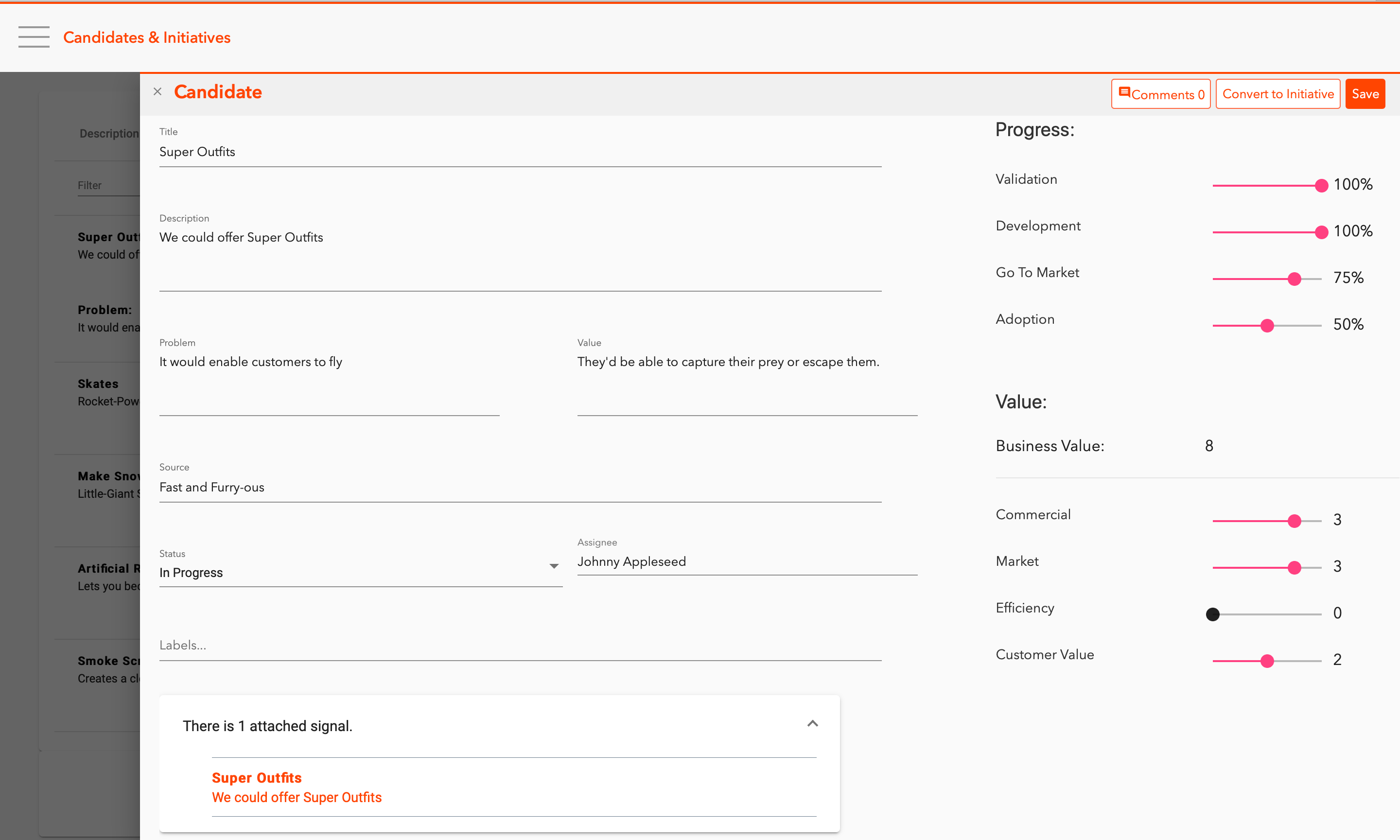Digital Possibilities
by Richard Beck
Product Management for Agile Businesses: The Product Management Lifecycle
Creating and following a solid product management lifecycle is key to meeting your business’ objectives and therefore maximizing returns. It is essential for everyone in a senior leadership role within a business to understand the lifecycle and how that applies to what they do.
Within this text you will find the key elements in the Product Management Lifecycle, be able to understand why it is important and understand the key activities that will take place within each step of the lifecycle.
What is the Product Management Lifecycle?
The product management lifecycle covers all the steps in creating a product or offering, from identifying and collecting ideas to delivering a solution and driving adoption. The product management lifecycle is therefore not the product lifecycle which describes a product’s sales behaviour over the course of its commercialization.
The digram below shows the main steps in the product management lifecycle.
 Principal Steps of the Product Management Lifecycle
Principal Steps of the Product Management Lifecycle
Why a Product Management Lifecycle?
For most businesses, the investment in their products will be the biggest lever they have to drive their future success. Bringing the wrong products to market can mean disaster for a business, whereas getting it right can mean vastly exceeding targets and success for all stakeholders.
The goal, therefore, in having a product management lifecycle is to increase the chance of getting the right outcomes and reducing the probability of getting it wrong.
The lifecycle starts with ideas, which we call signals. Product managers have signals sent to them, often in the form of vague requests, and in addition they tend to be great at coming up with their own ideas on how to improve a product!
Given that the reality of every business is that there are more ideas than resources to develop them, there has to be a decision taken on what ideas will be developed further, and once that decision is taken, how to ensure a maximum of success.
For a business to navigate this well, they need a formal process that is:
-
Transparent: all stakeholders need to understand what is occurring and why it is occurring.
-
Agile: the process mustn’t add too much friction to innovation or cost too much to run, and must be able to adapt to rapid market changes.
-
Effective: the outcomes from the process must drive innovation in the direction of business goals.
What are the main activities performed during the Product Management Lifecycle?
Many texts on Product Management focus heavily on the development step in the lifecycle, but there are many more activities to perform before, during and after that step. The following graphic gives an overview of these key steps:
 Product Management Lifecycle with Principal Activities
Product Management Lifecycle with Principal Activities
The principal steps in the process are summarized below, with a link to individual articles explaining more about the activities and approaches for each one:
-
Signals: Ideas for product improvement. We call these signals as they may the interesting or not, but are indicating there is something we should be paying attention to.
-
Validation: Determine what signals should be a candidate for Development, investigate market demand and place in the roadmap or reject.
-
Development: Find and develop a solution to the challenge posed in a candidate, test and build it.
-
Go To Market: Launch your solution in the market place through experiments to test the solution and your organizational readiness.
-
Adoption: Track your solution to make sure it is being used as expected by your targets and is meeting your commercial objectives.
Managing the Product Management Lifecycle
Like any important process in an organization, the product management lifecycle requires management, and software exists to enable that to happen in a more efficient way.
The market leaders in this space are ProductBoard and Aha, with ProductRoadmap being a value challenger.
 Value Generation dashboard from ProductRoadmap
Value Generation dashboard from ProductRoadmap
 Managing a Candidate in ProductRoadmap
Managing a Candidate in ProductRoadmap
Header Image by Gary Bendig via Unsplash
